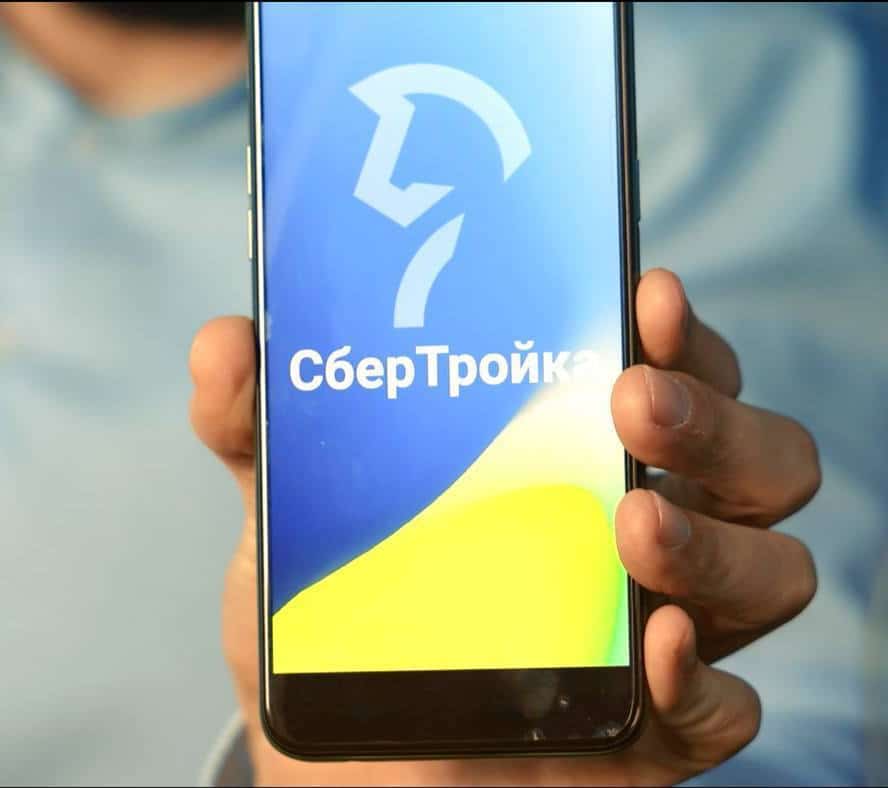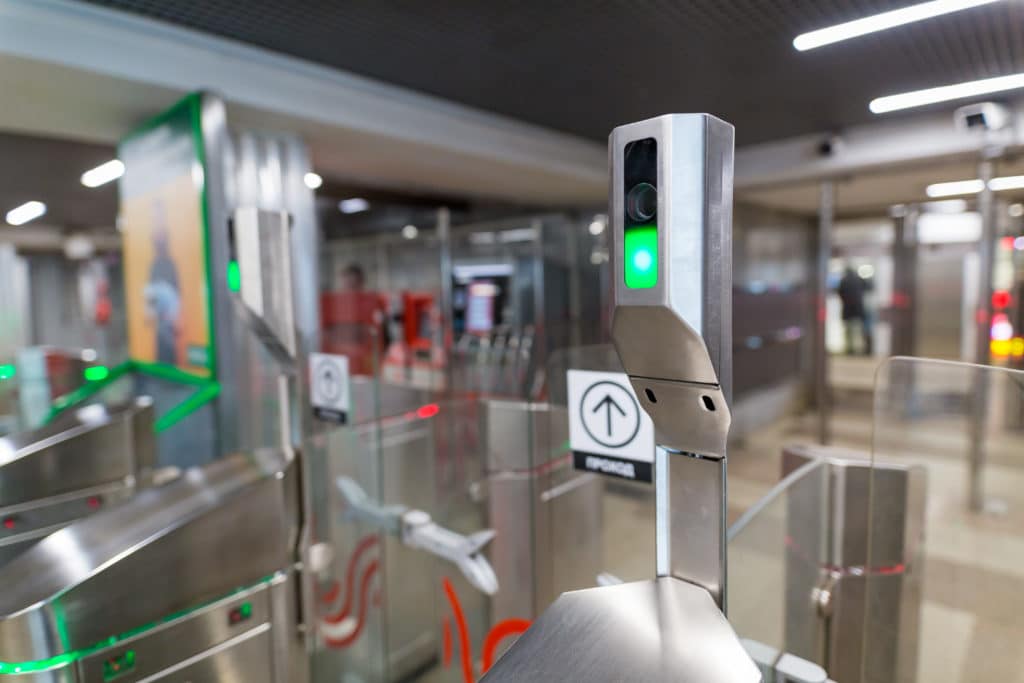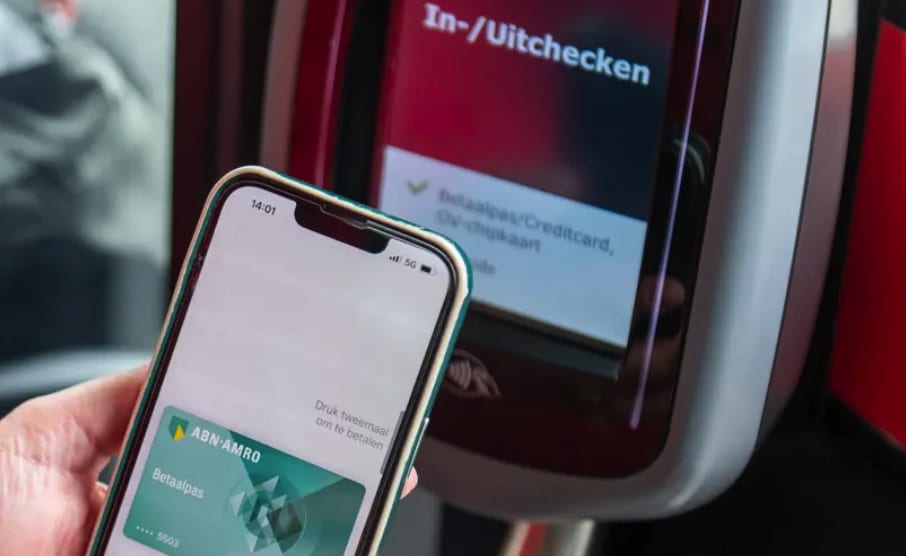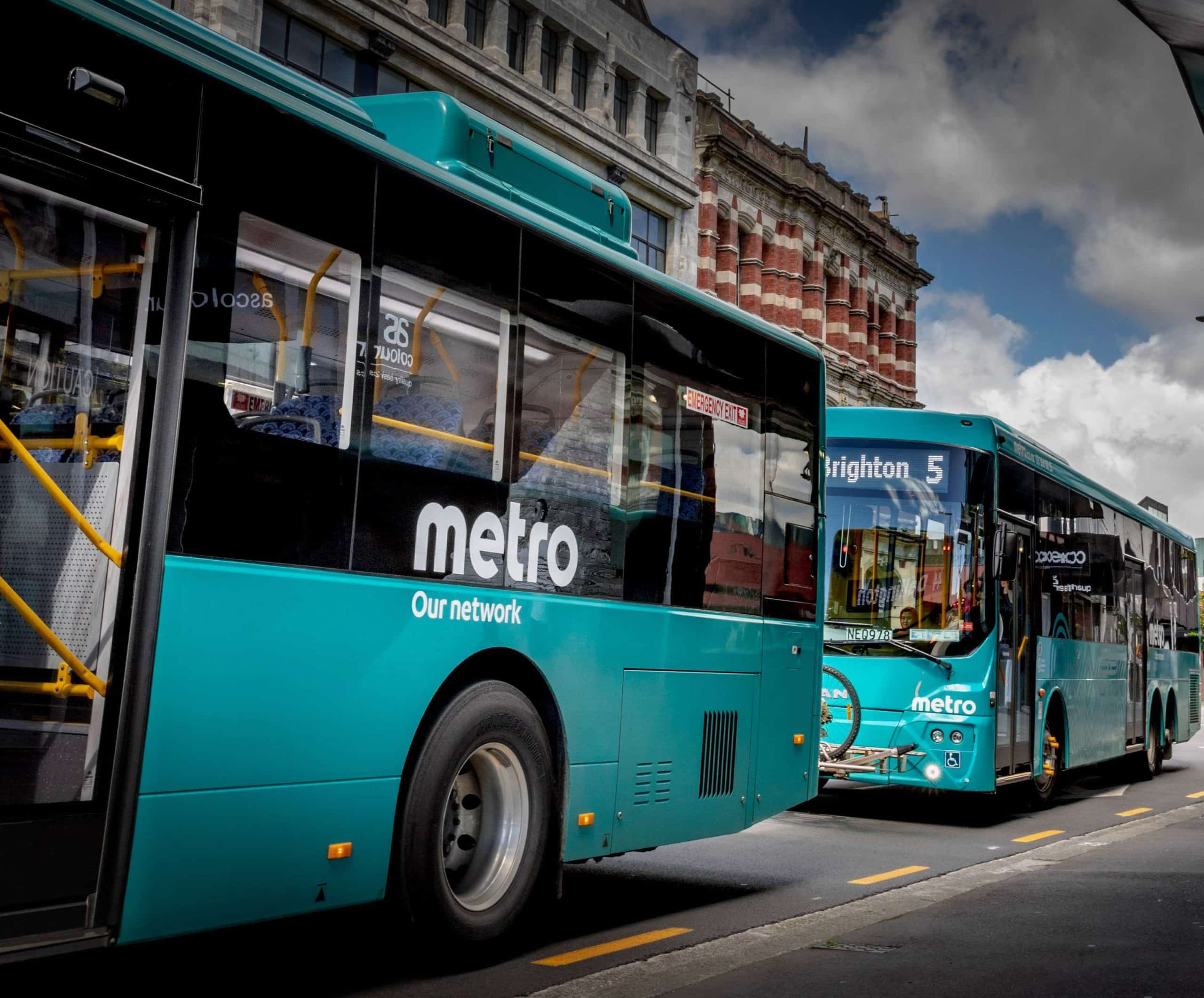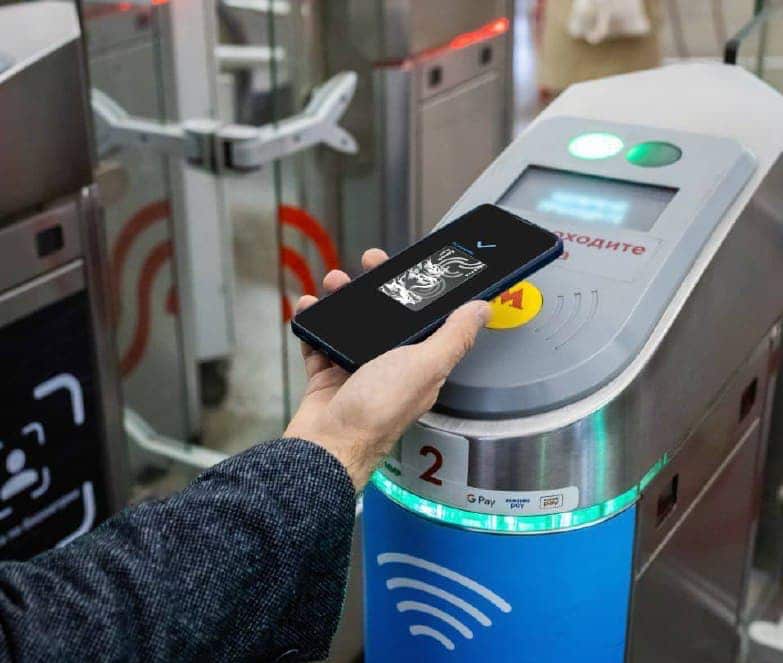
Article Highlights
Moscow Metro is expanding the test of its “Virtual Troika” closed-loop card. That follows the rollout last month by the big agency of its “Face Pay” service, using facial recognition technology.
In his statement, Liksutov predicted that around half of Moscow Metro riders will eventually adopt the digital version of Troika, noting that about 92% regular passengers have a smartphone.
• Moscow Metro
• Google
• Apple
• Samsung
Moscow Metro is recruiting more users to test its “Virtual Troika” card in two NFC wallets, those supporting Google Pay and Samsung Pay, as one of the world’s largest subway operators continues to seek more ways for its customers to pay for rides.







